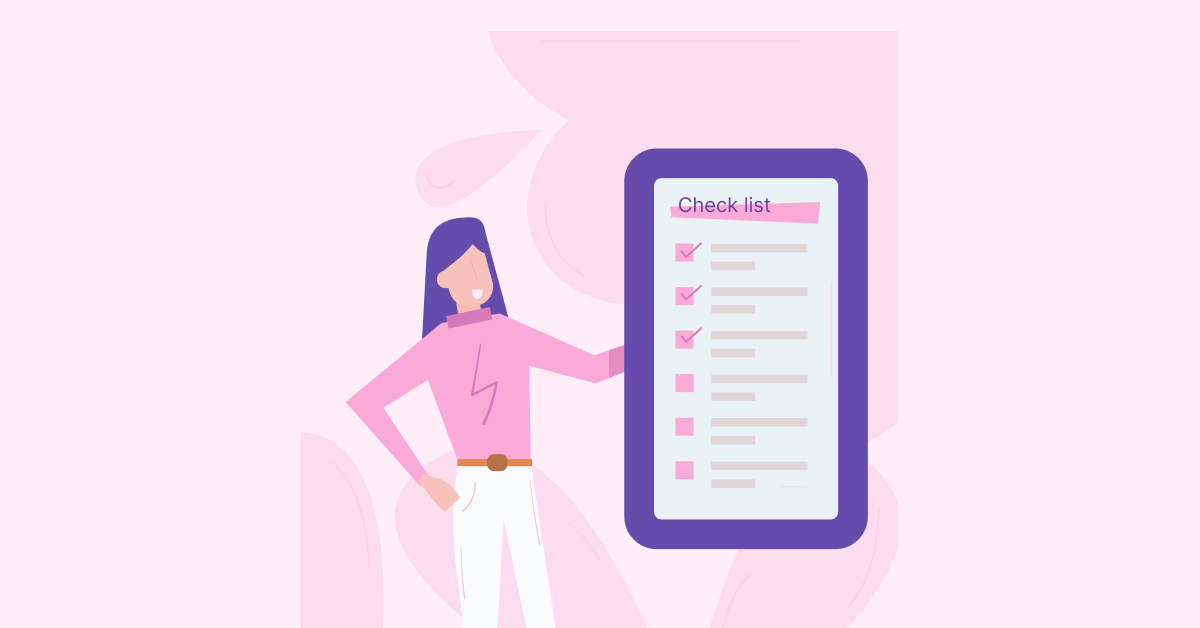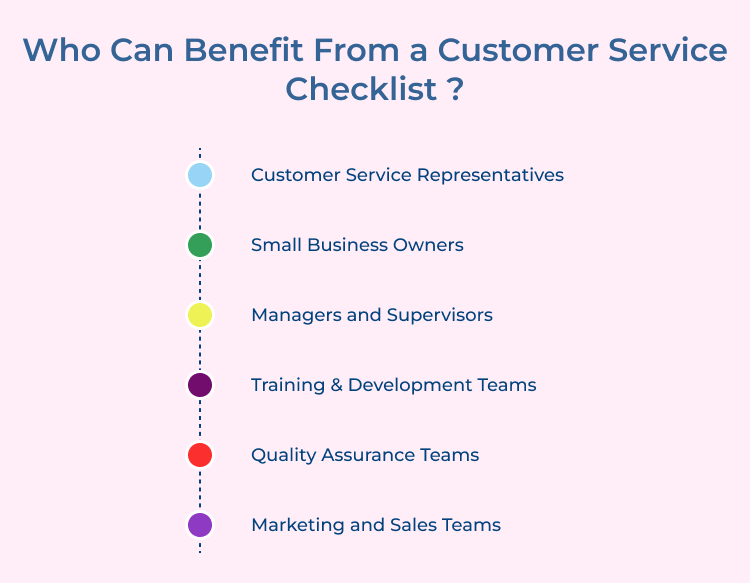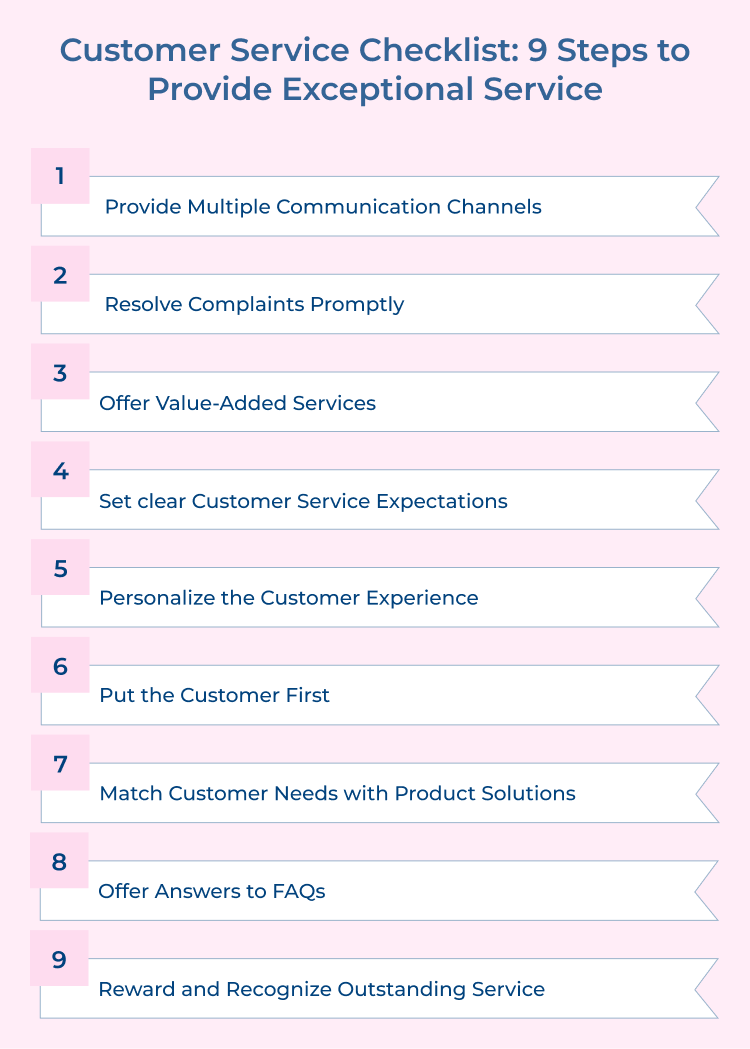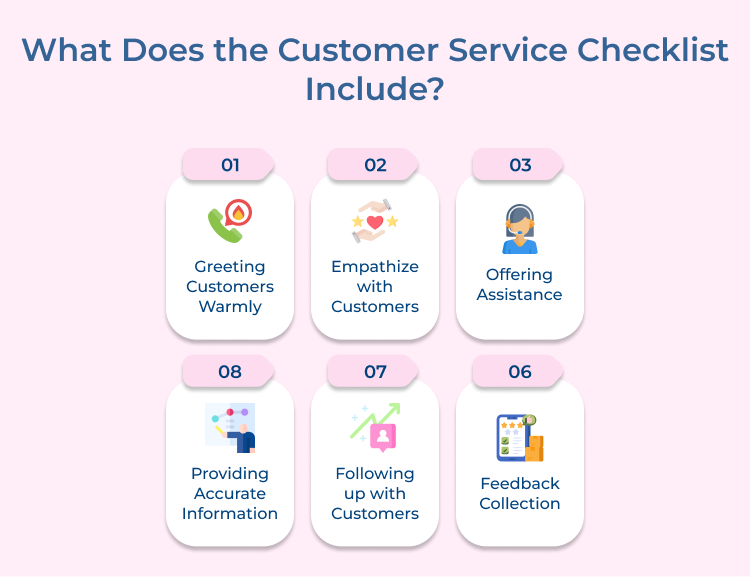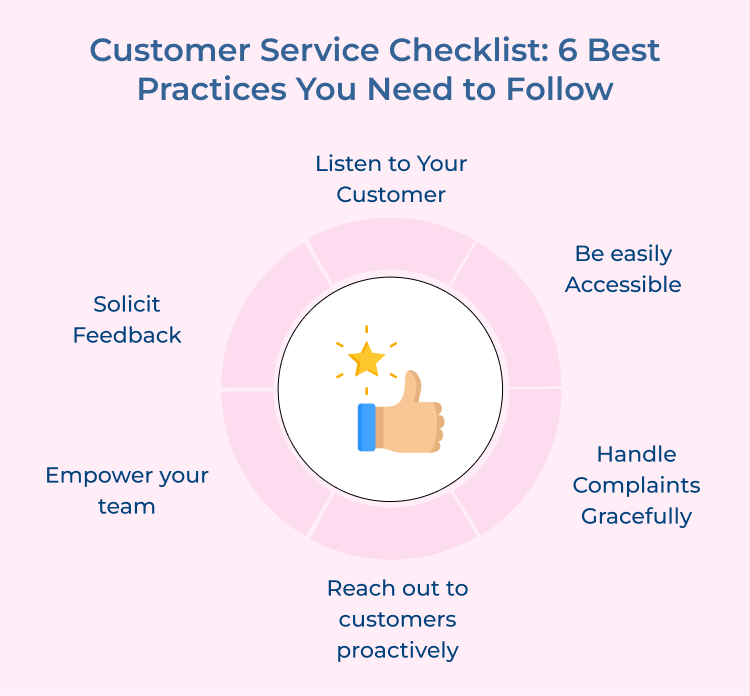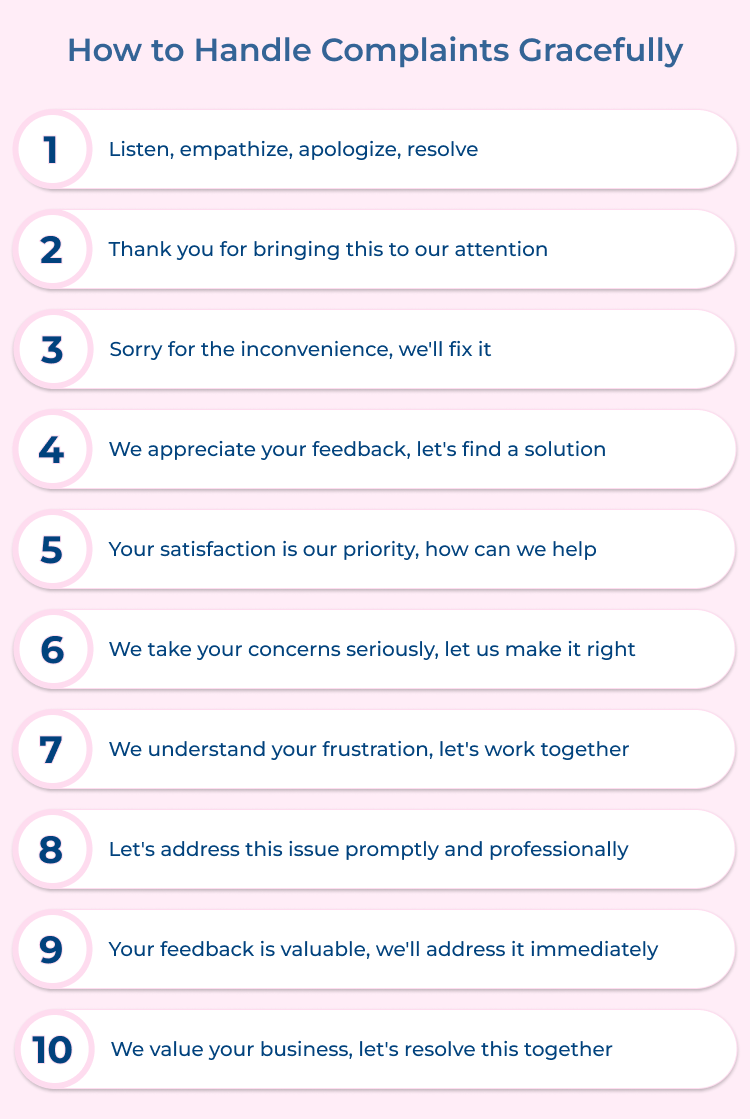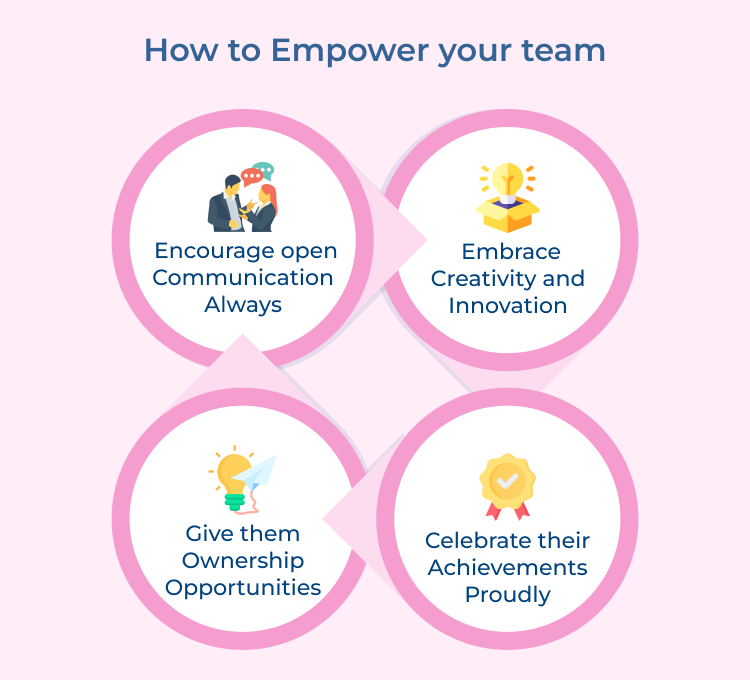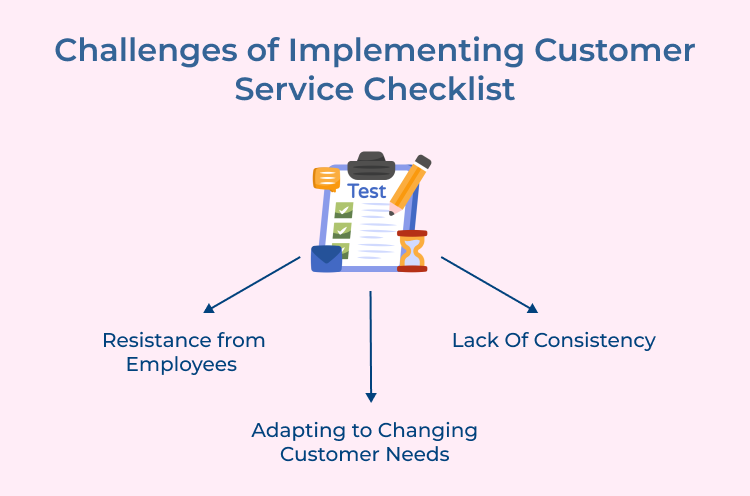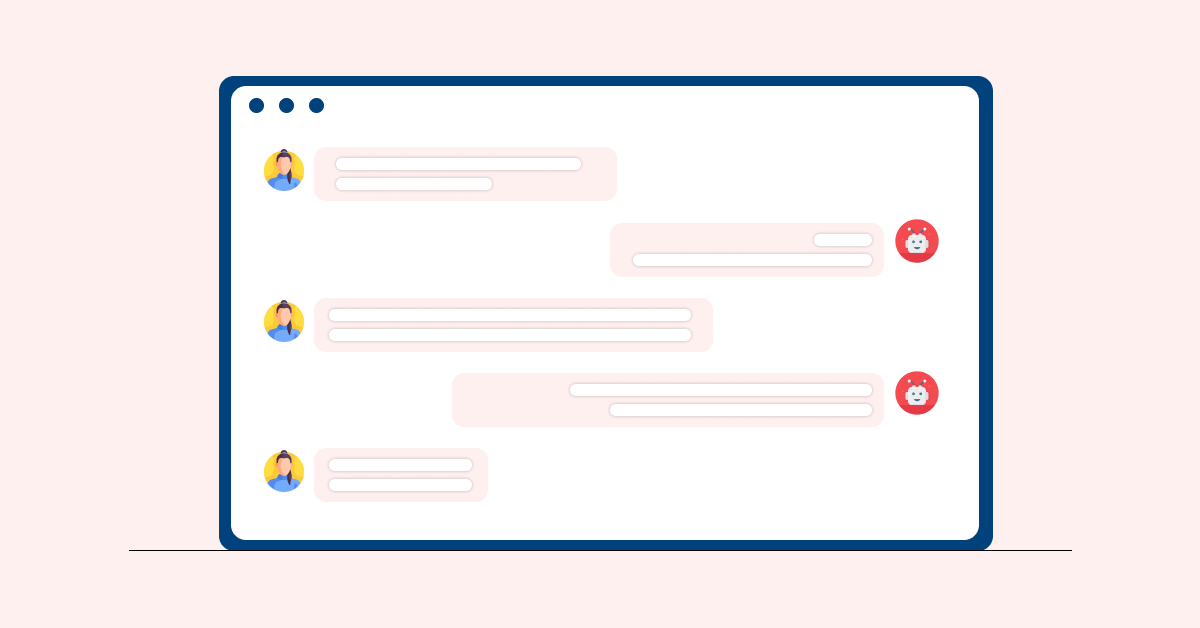1. Provide Multiple Communication Channels
One of the key aspects of exceptional customer service is providing customers with multiple communication channels. It includes phone support, email support, live chat and social media channels. By offering various ways for customers to reach out, you make it easier for them to contact you and receive assistance in a timely manner.
Ways to implement it :
- Utilize social media platforms: Social media platforms such as Facebook, Twitter and Instagram serve as additional communication channels for customers to reach out to your business. Make sure to promptly respond to messages and comments to provide timely assistance.
- Implement a Customer Service Hotline: Providing a dedicated customer service hotline ensures that customers have a direct line to reach out for help.
- Implement live chat support: Adding a live chat feature to your website allows customers to interact with a representative in real-time. It resolves issues quickly as well as efficiently.
2. Resolve Complaints Promptly
Complaints are inevitable in any business, but how you handle them can make a huge difference in customer satisfaction. What they don’t like is the long wait time or having to repeat their issues repeatedly. It is important to address complaints efficiently, acknowledging the customer’s concerns and working towards a resolution. A quick resolution eases customers anxiety and they feel valued for being patient with them.
Consider following ways to implement it:
- Establish a clear complaints process: Create a standardized process for handling complaints, ensuring that all customer concerns are addressed efficiently. It streamlines the resolution process and prevents issues from escalating.
- Provide Timely Updates: Keep the customer informed about the progress of resolving their complaint to build trust and show that you are actively working towards a solution.
3. Offer Value-Added Services
In addition to resolving issues, offering value-added services enhance the overall customer experience. It can include personalized recommendations, exclusive promotions, or additional resources to help customers get the most out of your products or services. By going above and beyond, you create loyal customers who are more likely to return in the future.
Ways to implement it :
- Offer free trials: Provide free samples/trials of your products to show customers what you have to offer. It increases customer interest and engagement with your brand.
- Provide educational resources: Offer educational resources such as guides, tutorials, or webinars to help customers make informed decisions. It can add value to their experience and showcase your expertise in the industry.
4. Set Clear Customer Service Expectations
Setting clear customer service expectations is essential for providing exceptional service. It includes clearly defining response times, availability and the scope of support offered. When you establish expectations upfront, you help customers understand what to expect and can better meet their needs.
Tips to consider:
- Develop a detailed customer service policy: Establish clear guidelines for how your team should interact with customers, handle complaints and resolve issues.
- Communicate expectations to customers: Clearly communicate the level of service they can expect from your business through marketing materials, website content and social media channels.
5. Personalize the Customer Experience
Personalization is a crucial aspect of exceptional customer service. By personalizing interactions with customers, you show that you value them as individuals and are committed to meeting their specific needs. It includes addressing customers by name, remembering their preferences and offering tailored recommendations based on their past interactions with your company.
Ways to implement it :
- Collect customer data: Gather information about your customers’ preferences, purchase history, and behavior to tailor your interactions with them.
- Use personalized communication: Address customers by their name, recommend products based on their past purchases and send personalized emails with relevant content.
6. Put the Customer First
At the core of exceptional customer service is a customer-first mentality. It means prioritizing the needs and concerns of customers above all else. By putting the customer first, you show that you are dedicated to providing a positive experience and building strong relationships with your customers.
Consider following ways to implement it:
- Prompt resolutions: Resolve customer issues in a timely manner and go above and beyond to ensure their satisfaction.
- Honest conversations: Maintain open lines of communication with customers and be transparent about any challenges that may arise. Keep customers informed throughout the service process while striving to exceed their expectations.
7. Match Customer Needs with Product Solutions
Understanding your customer’s needs and offering solutions that meet those needs is essential for providing exceptional customer service. You can offer right solutions when you listen to the customer’s needs assertively. Then, you get to anticipate what solutions they are actually looking for. By deducting the unnecessary solutions, you provide a value-added resolution that enhances their overall experience.
Ways to implement it :
- Conduct market research: Identify customer pain points through surveys, focus groups and social listening to develop products that meet their needs.
- Personalized recommendations: Use customer data to suggest products that align with their preferences and past purchases.
- Excellent post-purchase support: Inculcate customer follow ups after their purchase to ensure they are satisfied with their product and address any concerns.
8. Offer Answers to FAQs
Anticipating common customer questions and preparing answers in advance can streamline the customer service process that also improves efficiency. Having responses ready for frequently asked questions lets you provide prompt and accurate support to customers, saving time for both parties.
Tips to consider:
- Create a comprehensive FAQ section: Develop a detailed FAQ section on your website then update the FAQ regularly based on feedback from customers and customer service representatives.
- Utilize chatbots for instant responses: Implement chatbot technology on your website and configure them to provide accurate information while directing customers to human support when necessary.
9. Reward and Recognize Outstanding Service
Recognizing and rewarding exceptional customer service is important for motivating as well as incentivizing your customer service team. You build a culture of excellence and encourage your employees for better when you acknowledge as well as reward them for their efforts.
Ways to implement it :
- Implement a rewards program: Recognize and reward employees who deliver exceptional customer service through incentives, bonuses, or public recognition.
- Create a culture of appreciation: Encourage a work environment where employees feel valued and appreciated for their efforts in providing exceptional customer service.
What Does the Customer Service Checklist Include?
Customer loyalty depends on the quality of customer service you offer to your consumers. You’ll first need to have the right customer service checklist and we’re here to help you create one!
